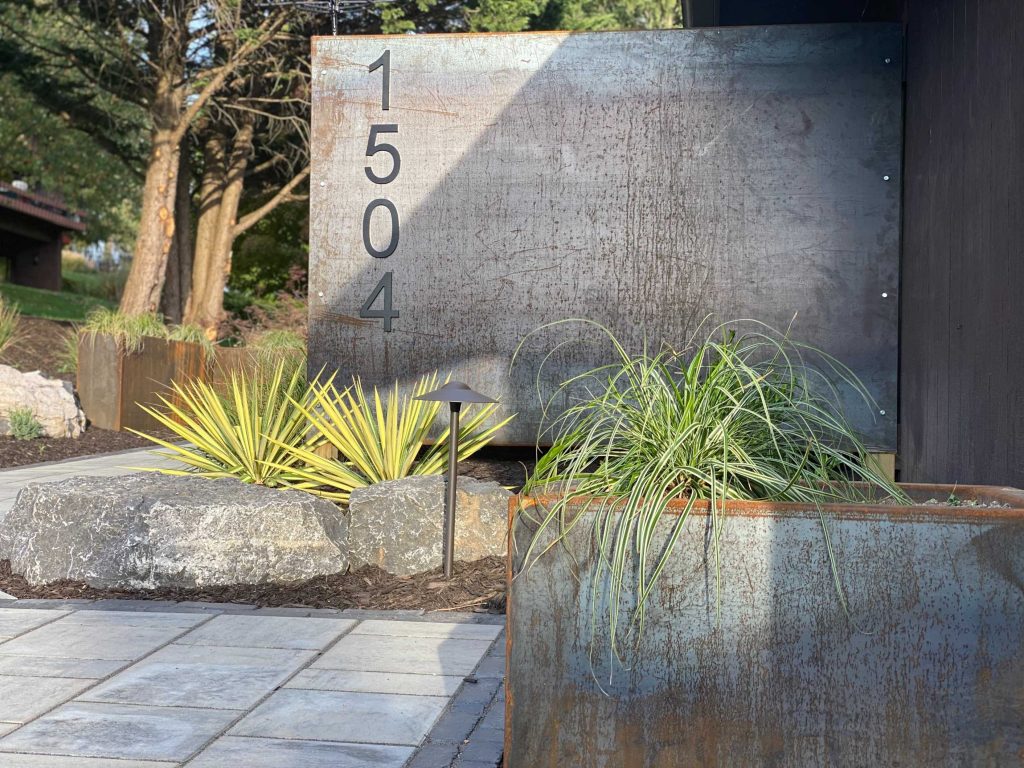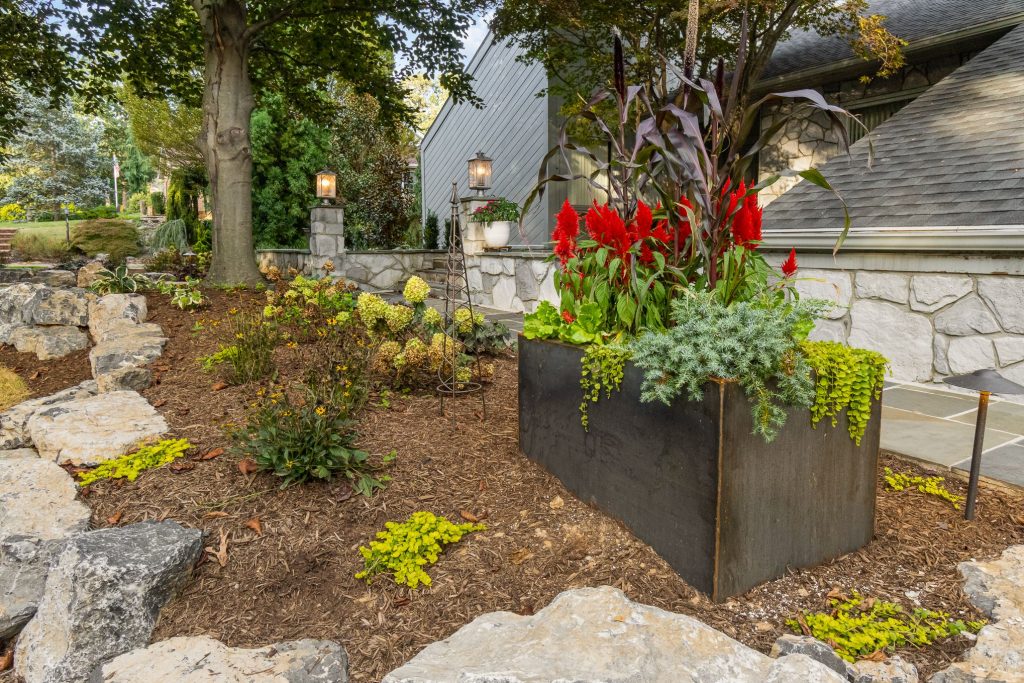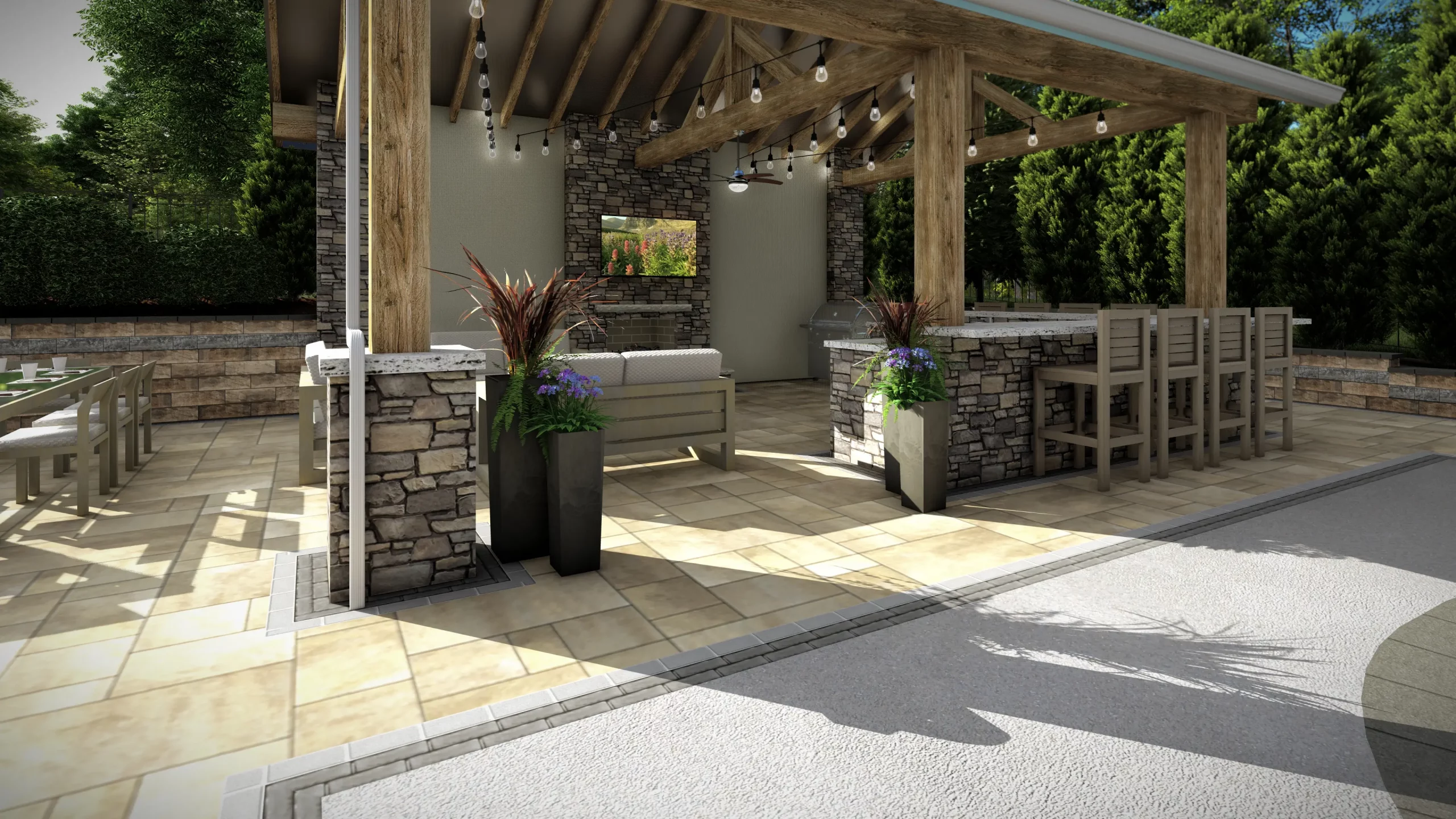
When people first hear about Corten steel, one question comes up again and again: “Isn’t that just rusted metal?”
The answer? Yes—but also, absolutely not.
In this blog, we’re diving into the surprising science behind Corten steel, what sets it apart from regular steel that just rusts, and why it matters when you’re designing outdoor spaces meant to last.
What Is Corten Steel, Really?

Corten steel (also called weathering steel) is a high-strength steel alloy developed to intentionally form a stable, protective layer of rust on its surface. Unlike ordinary steel, where rust is a sign of damage, with Corten, that outer patina is the armor.
The name “Corten” comes from a combination of its properties:
- CORrosion resistance
- TENsile strength
It was originally developed for use in industrial applications like bridges, train cars, and architecture—projects that demand extreme durability with minimal maintenance.
Corten Steel vs. Regular Rust: The Key Differences

Let’s clear this up: Corten does rust—but it rusts in a controlled, beneficial way.
| Feature | Corten Steel | Regular Mild Steel |
|---|---|---|
| Rust Formation | Forms a stable, protective patina | Rust spreads and flakes unpredictably |
| Protection | Patina seals off deeper corrosion | Rust weakens the structure over time |
| Longevity | Decades of outdoor use without maintenance | Can corrode completely if exposed to weather |
| Aesthetic | Rich, consistent color (burnt orange to deep brown) | Patchy, inconsistent, often unattractive |
In other words, Corten doesn’t fail from rust—it survives because of it.
Why This Matters for Your Landscape

When you’re investing in landscape design, durability and aesthetics go hand-in-hand. Here’s where Corten steel stands out:
✅ Low Maintenance
Once the patina forms (usually within 6–12 months outdoors), it doesn’t require painting, sealing, or special care.
✅ Timeless Appearance
The warm, earthy tones of weathered steel evolve over time, blending beautifully with natural materials like stone, gravel, and plants.
✅ Structural Integrity
Whether it’s used for raised garden beds, edging, retaining walls, or even fire pits, Corten holds up under pressure—and looks good doing it.
Common Mistakes to Avoid
Some homeowners and even landscapers confuse Corten with standard steel or try to cut corners. That can lead to disappointment—or worse, structural issues.
- Using regular steel and hoping it looks like Corten: It won’t. It will just rust, weaken, and flake apart.
- Painting Corten too soon: The patina needs to form naturally. Let the weather do its work.
- Poor drainage design: Corten needs airflow and drainage to weather properly. It’s not for enclosed, constantly wet environments.
Our Take: Corten Is the Smart, Sustainable Choice

At National Planter Supply, we work with Corten steel because it offers the best of both worlds—rugged durability and standout beauty. Whether you’re a DIYer or a professional landscape designer, understanding how Corten works is key to getting lasting results.
So no, Corten isn’t “just rusted metal.”
It’s engineered resilience, designed to stand the test of time—and look incredible doing it.
Want to learn more or get a quote for custom Corten steel features?
Let’s talk. Whether it’s modular garden beds, edging, or bespoke elements, we’re here to help you design with confidence.

